Sequoia National Park is one of the most beautiful parks in the USA. This is primarily due to the forest of giant sequoias, the most massive trees globally. Some reach heights of up to 279 ft, dwarfing most buildings in the country, the tallest of which measures 381 ft. It is located in California, east of Fresno, and to its north lies the Kings Canyon. Kings Canyon is considered an integral part of the Sequoia National Park.
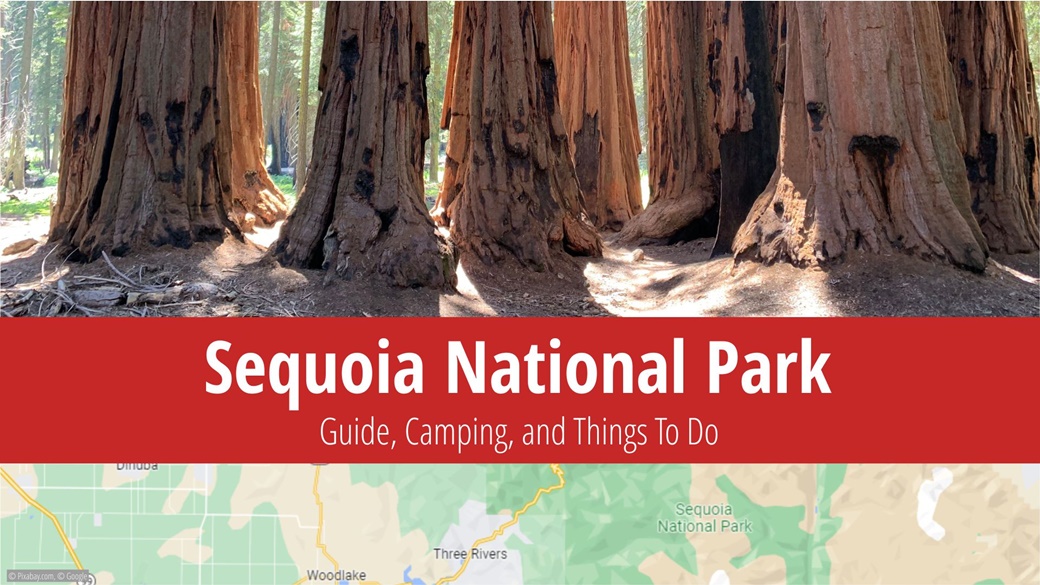
Table of Contents
- Information on Sequoia National Park
- Things to See and Do in Sequoia National Park
- Best Time to Visit Sequoia National Park
- Entrance Fees for Sequoia National Park
- Getting to Sequoia National Park
- Lodging in the National Park
- Tips and Recommendations Before Traveling to Sequoia National Park
- Photos of Sequoia National Park
Information on Sequoia National Park
Sequoia National Park was designated the second national park in the USA on September 25, 1890, with Yellowstone being the first.
The park is notable for its broad range of elevation. While the lowest point stands at 1,371 ft above sea level, the highest point, the summit of Mount Whitney, reaches 14,505 ft above sea level, making it the highest mountain in the continental USA.
Covering an area of 631 sqmi, Sequoia National Park welcomed 1,059,548 visitors in 2021.
In terms of fauna, Sequoia National Park hosts the largest populations of black bears, coyotes, badgers, bighorn sheep, deer, and various species of woodpeckers, turtles, and snakes. Over 1,200 plant species grow in the park, the most visible of which are the conifers: giant sequoia, sagebrush, Lambert pine, Douglas fir, and ponderosa pine.
Things to See and Do in Sequoia National Park
Sequoias and General Sherman
The primary reason to visit Sequoia National Park is to see the towering sequoias, which grow exclusively on the western slopes of the Sierra Nevada Mountains at elevations between 1,200 to 4,757 ft. There are approximately forty sequoia forests in the park, each containing up to ten thousand individual trees.
While some of the sequoias are accessible by car, others can only be reached on foot. The most visited forest is the Giant Forest (map), which is crisscrossed with hiking trails and is thus relatively easy to access.
The General Sherman tree (map), the most famous tree in the national park, resides within the Giant Forest. Named after Civil War General William Tecumseh Sherman, it is considered the largest tree in the world by some sources. Standing 275 ft tall, with a ground circumference of 103 ft, it weighs an estimated 6,167 tonnes.
Visitors can drive to it by shuttle or car.
Other sequoia hotspots include:
- Grant Grove (map)
This forest, located in Kings Canyon National Park, is accessible via a short driveway near the visitor center. Here, you will find larger-than-average trees, up to 20 ft in diameter. - Redwood Mountain Grove (map)
This expansive forest was characterized by ancient redwoods and a diverse mix of other plants. Unfortunately, a 2021 fire damaged up to 40% of the trees and closed the surrounding trails. - Muir Grove (map)
This medium-sized forest was also impacted by wildfires in 2021. Muir Grove is characterized by a dense collection of mature trees. - Big Stump Grove (map)
Located near the entrance to Kings Canyon National Park, this forest experienced heavy logging in the late 19th century.
Tunnel Log
A unique attraction in Sequoia National Park is the Tunnel Log, an 276 ft-long and 21 ft-thick sequoia tree that fell across the road during a storm in 1937. Instead of removing the tree, the park service carved a tunnel into it the following summer. Its dimensions are 17 ft by 8 ft, allowing cars to pass through without issue.
The Tunnel Log can be found on Crescent Meadow Road in the Giant Forest area.
Hiking
Sequoia National Park offers a number of day hiking trails.
One highlight is the Moro Rock overlook, which offers stunning views of the Great Western Divide and the western half of the park – weather permitting. Parking is available at Moro Rock, and a climb of 350 steps will take you to the top.
Best Time to Visit Sequoia National Park
The best time to visit Sequoia National Park is from June to August, when the majority of visitors arrive. The same advice applies during these months as it does for all popular attractions worldwide: To avoid crowds, it’s best to arrive early in the morning.
Summer in the park generally extends from June to September, with average daily temperatures ranging between 68 °F–77 °F. In July and August, temperatures can occasionally soar to 86 °F–95 °F, and on such days, shade and plenty of water are recommended. Rainfall is minimal during the summer months.
Winter in the park roughly lasts from December to February. Temperatures hover around zero, with frequent rain and snowfall.
The park remains open all year round. Occasionally, some campsites or sections of the park may be closed due to inclement weather. It is recommended to check the park’s website for the most current information before your visit.
Average Temperatures and Visitor Numbers in Sequoia National Park
Average temperatures in Sequoia National Park at the Three Rivers location are provided below. Visitor numbers are based on an average from 2017 to 2021, with data sourced from the National Park Service.
| Max Temp | Min Temp | Precipitation Days | Visitors | Popularity | |
|---|---|---|---|---|---|
| January | 57 °F | 37 °F | 6.5 | 42 153 | 🟩 |
| February | 61 °F | 41 °F | 6.6 | 37 053 | 🟩 |
| March | 66 °F | 43 °F | 6.0 | 65 322 | 🟨🟨 |
| April | 72 °F | 48 °F | 3.8 | 89 597 | 🟨🟨 |
| May | 81 °F | 54 °F | 2.1 | 128 901 | 🟧🟧🟧 |
| June | 88 °F | 61 °F | 0.7 | 160 413 | 🟧🟧🟧 |
| July | 93 °F | 66 °F | 0.3 | 204 764 | 🟥🟥🟥🟥 |
| August | 91 °F | 64 °F | 0.3 | 184 423 | 🟥🟥🟥🟥 |
| September | 86 °F | 59 °F | 1.1 | 125 723 | 🟧🟧🟧 |
| October | 77 °F | 50 °F | 2.5 | 81 221 | 🟨🟨 |
| November | 64 °F | 43 °F | 4.5 | 51 083 | 🟩 |
| December | 55 °F | 37 °F | 6.1 | 45 577 | 🟩 |
Entrance Fees for Sequoia National Park
The park entrance fee is $35 per vehicle, including all passengers. The motorcycle entrance fee is $30, and the entrance fee for an individual on foot or bicycle is $20.00.
You may want to consider purchasing the America the Beautiful pass, which allows entry into all national parks for a single price. The cost of this annual pass is $80.
Getting to Sequoia National Park
Sequoia National Park is located east of the city of Visalia and can be accessed via Highway 198. The Big Stump Entrance to the north and the Ash Mountain Entrance to the south serve as the park’s entry points. Approximate driving times to the park are as follows:
| From / To | Distance | Driving Time | Route |
|---|---|---|---|
| Fresno | 100 mi | 2 hours 30 minutes | View Route |
| Las Vegas | 403 mi | 7 hours | View Route |
| Los Angeles | 226 mi | 4 hours 30 minutes | View Route |
| San Francisco | 284 mi | 5 hours 30 minutes | View Route |
The roads within the park are windy and often narrow. Please drive with caution. During winter, some roads may not be plowed and could be impassable without snow chains. There are no gas stations directly in the park, so it’s advisable to refuel in town before your visit.
For easy transport across the park, you can use the free shuttles. In summer, up to four shuttles run every 15 minutes between the most popular attractions.
Lodging in the National Park
🏨 Hotels
The least expensive accommodation near Sequoia National Park can be found in Porterville, Kernville, or Wofford Heights. These typically offer motels with basic amenities and prices starting at $80 per night.
A broader range of accommodation is available in Fresno, where branches of Motel 6, Travelodge, and Days Inn can be found. Prices start at $75 per night.
When booking on Booking, I recommend looking for an average rating of at least 6.5 (basic standard for an overnight stay) or 8.0 and above (solid standard). The rating should be based on at least 100 reviews; in my experience, the score drops as the number of reviews increases.
⛺ Campsites
Sequoia National Park offers three year-round and eleven seasonal campgrounds. Most of them allow reservations up to 30 days before arrival at Recreation.gov.
Open year-round are:
- Azalea Campground
The campground is located in the Grant Grove area about 3 mi from the Kings Canyon National Park entrance. It has 110 sites during the high season from mid-May to early November, with a nightly fee of $28. - Potwisha Campground
Located at an elevation of 2,100 ft and 4 mi from the Ash entrance is Potwisha Campground. It offers 42 sites and charges $28 per night. - South Fork Campground
The smallest year-round campground is South Fork, with only 10 sites. It is located in a relatively remote area with no access to drinkable water.
Tips and Recommendations Before Traveling to Sequoia National Park
ℹ️ Visitor Center
During your tour of the park, consider visiting the visitor center to learn more about the site and the history of this remarkable place. Additional visitor centers can be found on the Kings Canyon NP profile.
- Foothills Visitor Center
The center is located about a mile behind the Ash Mountain entrance off the Generals Highway. Stop here for maps, ranger recommendations, and other information. You can participate in a free ranger-led program. It is open all year round. - Giant Forest Museum
The world’s largest trees deserve their own museum. Among other things, you’ll learn why this particular location is so beneficial for redwoods. The museum is located at an elevation of 6,496 ft off the Generals Highway.
👍 Good to Know
To visit Sequoia Park and the adjacent Kings Canyon, reserve one and a half to two days in your itinerary. If a brief tour from your car without hiking is sufficient, you can see the park in one day.
Dining options in the park are limited. It’s a better idea to buy food and water supplies in town, especially on hot summer days when staying hydrated is essential.
If you plan to go on a longer trek, don’t forget to bring warmer layers of clothing. The temperature can change by up to 59 °F within a few kilometers due to elevation changes.
The California region is known for droughts and frequent fires, which have unfortunately affected some areas of the park. Keep an eye on news reports and the park website before visiting. If the risk of fire is high, certain restrictions may apply, such as a fire ban.
Before visiting, I recommend downloading the National Park Service app and maps in PDF to your phone.
Photos of Sequoia National Park
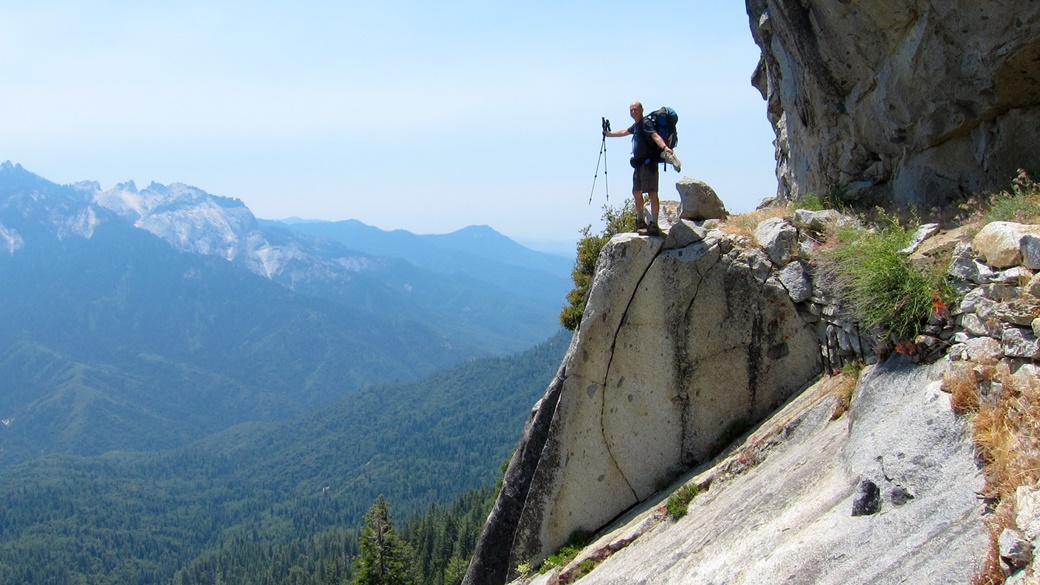
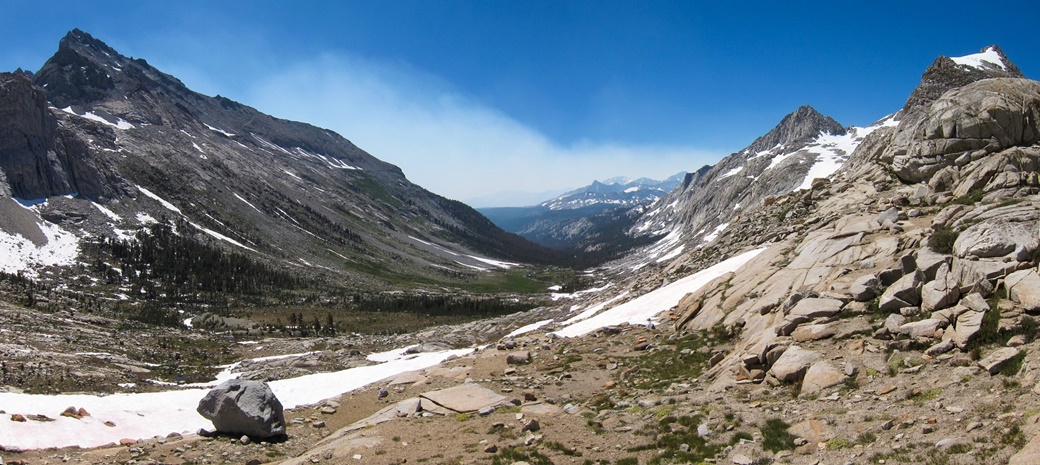
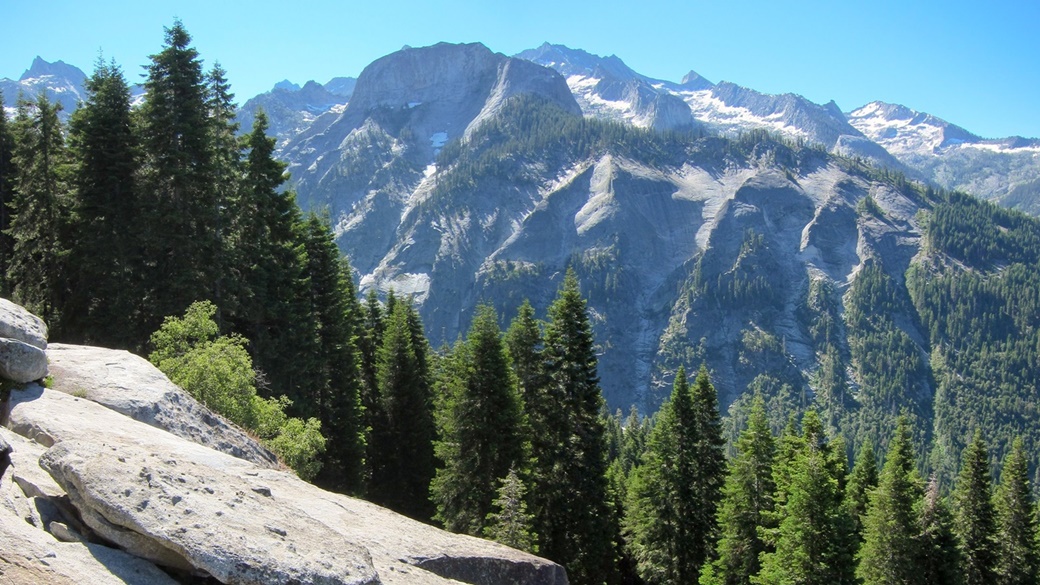
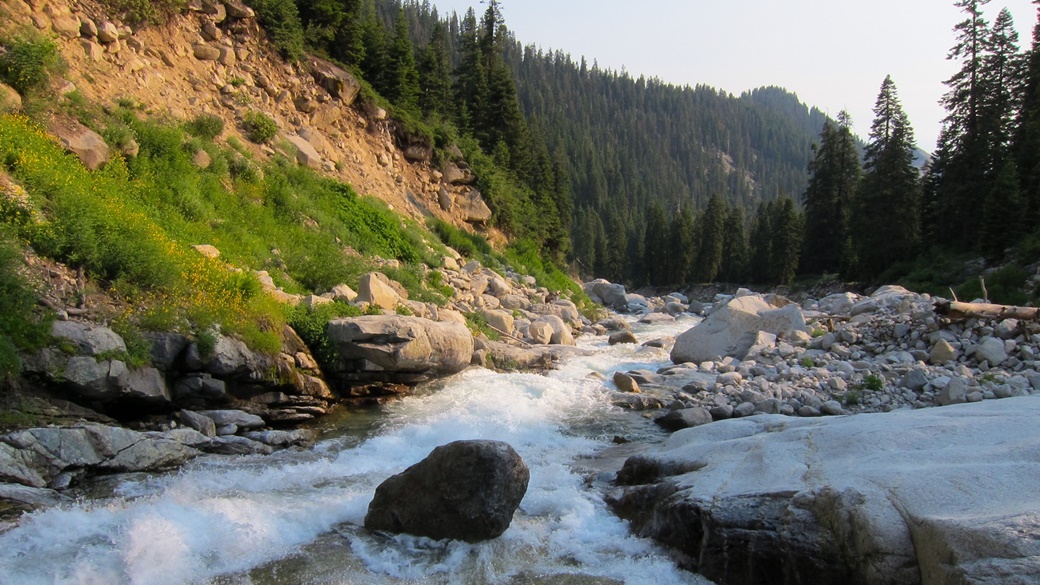
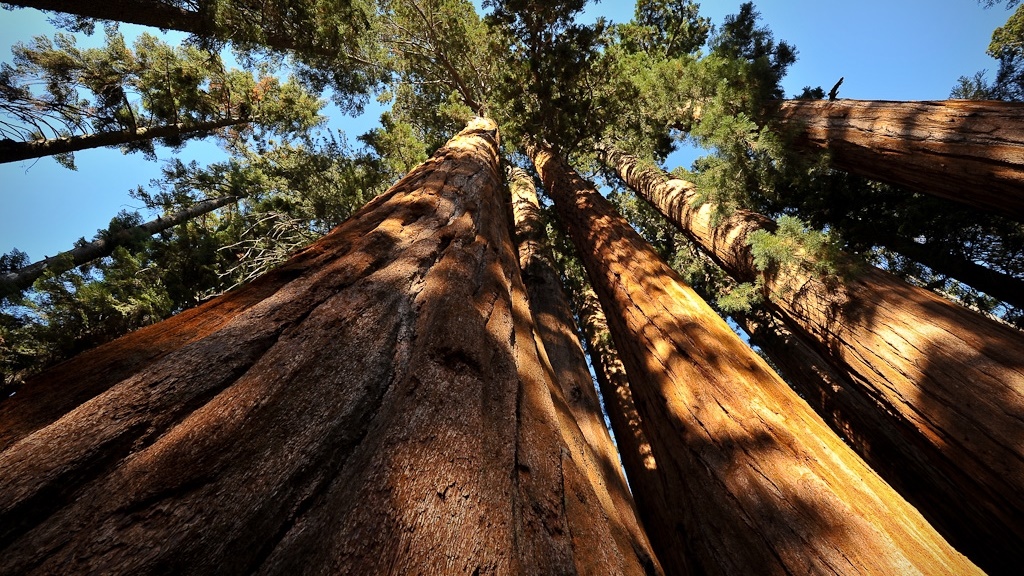
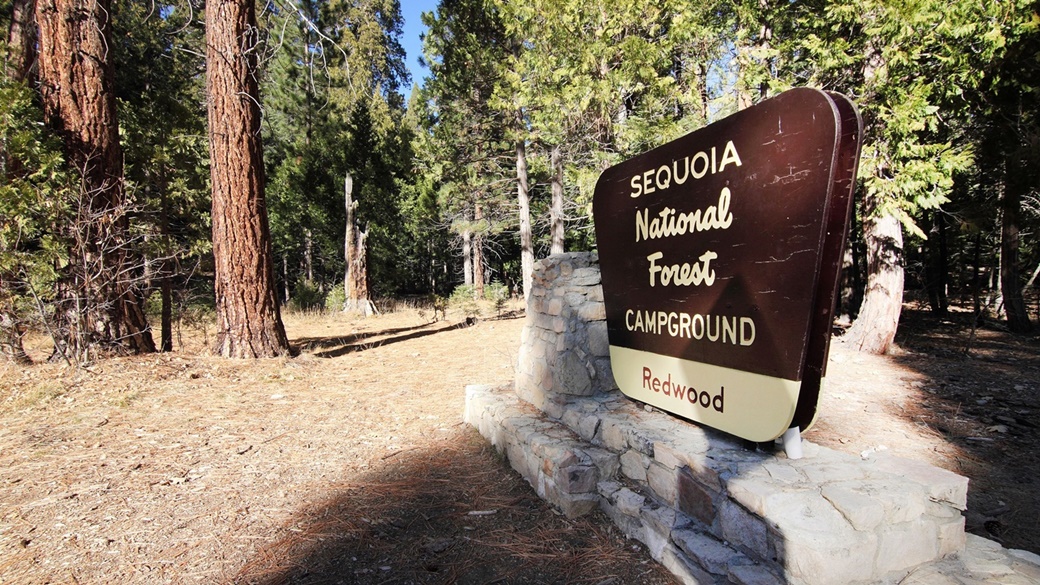
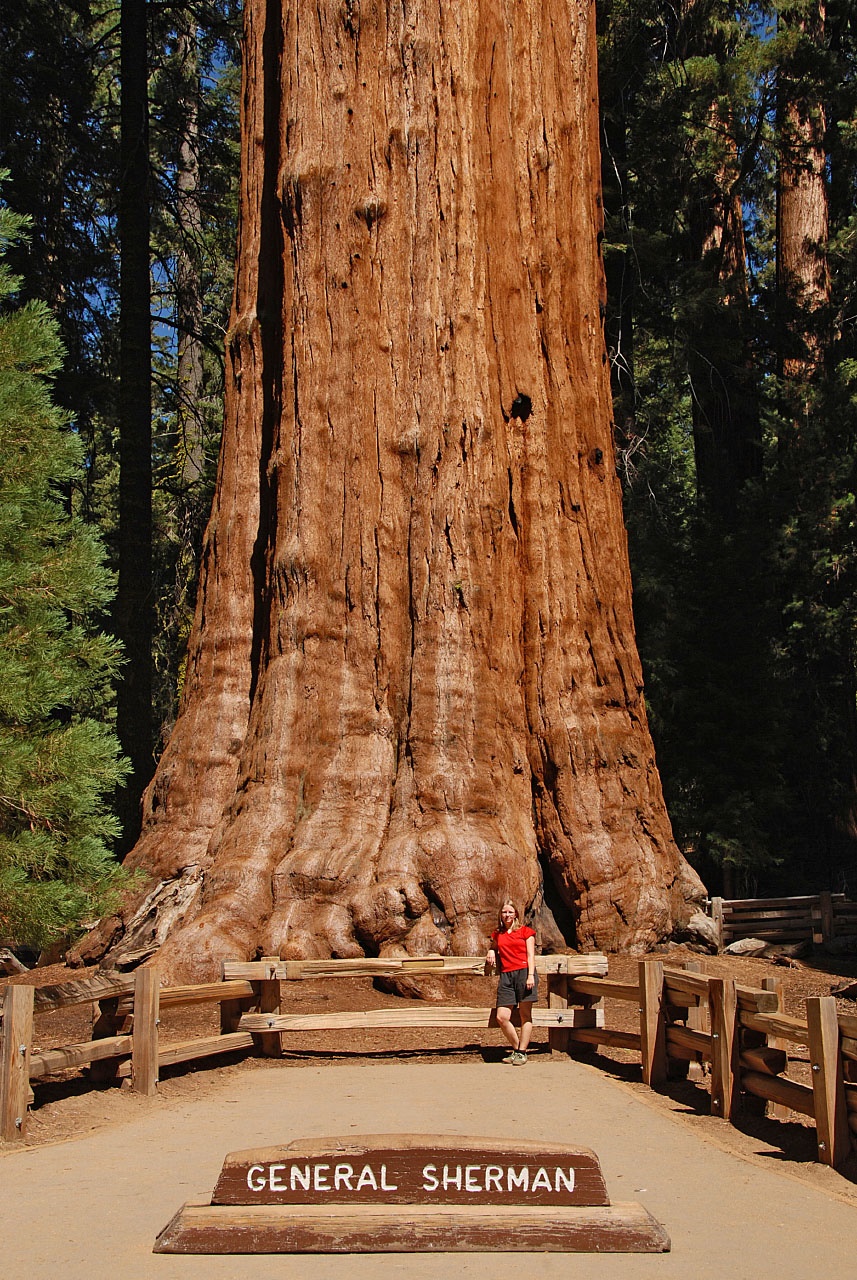
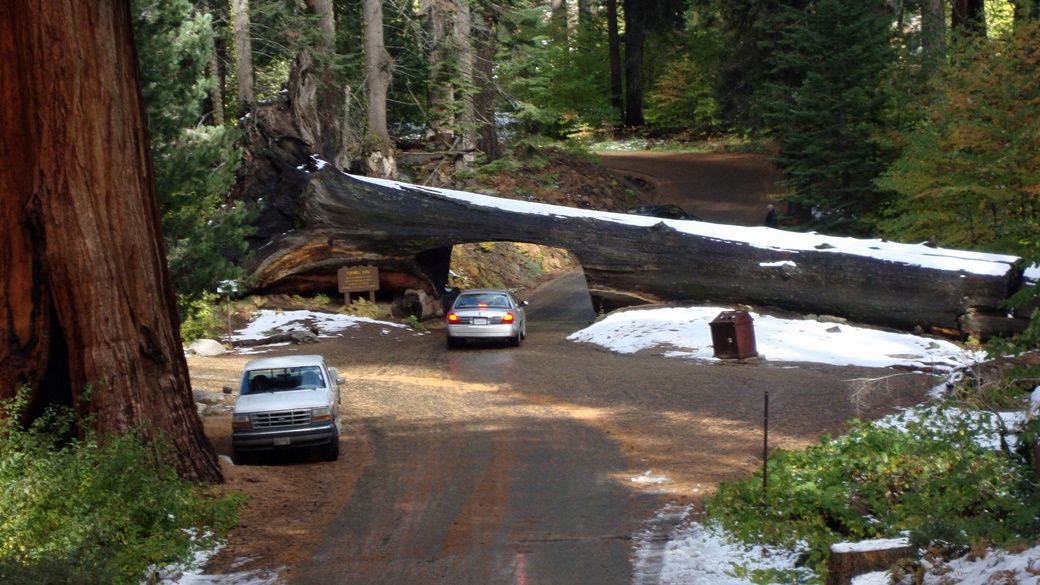
US National Parks
- National Parks of the USA – Map, List and Annual Pass
- America the Beautiful Pass 2025 – How It Works, Cost & Parks
- Timed-Entry Reservation for US National Parks (2025 GUIDE)
Travel Guides to USA National Parks

 10 Best Photo Places in the USA
10 Best Photo Places in the USA
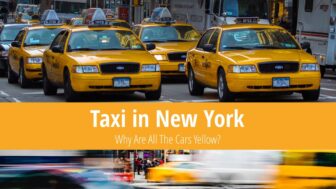
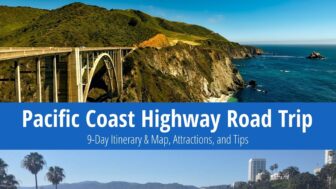
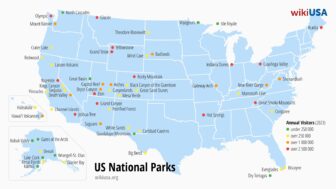
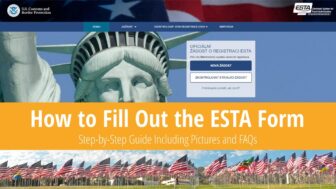
Contribute with Your Question or Personal Experience